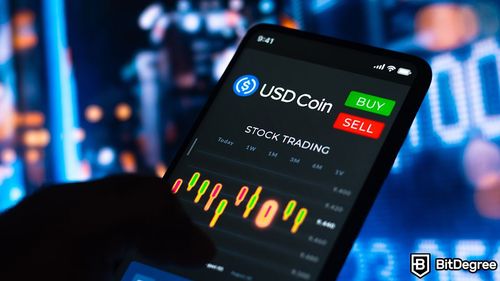Circle works on lowering its exposure to possible US debt defaults.
Circle, the notable stablecoin issuer, is taking steps to dodge potential fallout from a US debt default with a strategic adjustment to its treasury reserves.
The move aims to dismiss the potential risk tied to USDC's backing assets as the firm shifts toward short-dated US Treasurys.

Did you know?
Want to get smarter & wealthier with crypto?
Subscribe - We publish new crypto explainer videos every week!
What is a MetaMask Wallet? (And How to Use it - Animated)


It is believed that Circle's CEO, Jeremy Allaire, initiated the move. In the May 10th Politico newsletter, Allaire claimed that Circle doesn't hold Treasuries that mature later than June as it aims to avoid debt exposure.
We don’t want to carry exposure through a potential breach of the ability of the U.S. government to pay its debts.
Thus, current holdings in the Blackrock-managed Circle Reserve Fund are all set to mature at the latest on May 31st.
The move follows an ominous warning from Treasury Secretary Janet Yellen, who recently cautioned that the government may need to make tough "decisions" if Congress fails to increase the federal debt limit.
This comes amidst a heated debate between President Joe Biden and Republicans over raising the $31.4 trillion borrowing limit. The move would affect the $24 trillion Treasury market and the global financial system at large.
In the midst of this, rival stablecoin issuer Tether claims a majority of its reserves are safely invested in Treasury bills with an average maturity of less than 90 days.
The USDC supply has seen a significant contraction over the past year. A steep fall of 46% from its June 2022 peak of $56 billion resulted in its market share dipping to 23%, with a circulating supply of $30 billion.
This has inadvertently benefited its competitor Tether, whose market dominance has soared to 62% with a $82 billion USDT circulation. On top of that, a recent report revealed that Tether holds $1.5 billion worth of Bitcoin (BTC) in its reserves.
As the specter of a potential US debt default looms, Circle's move to safeguard its USDC reserves underscores the precarious balancing act that stablecoin issuers must perform in these uncertain economic times.






















